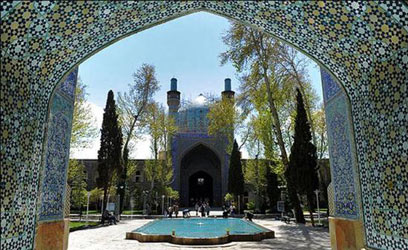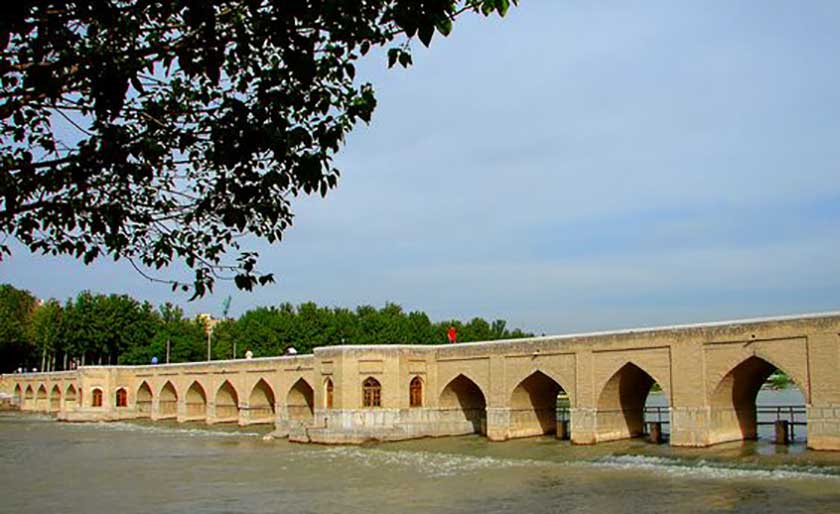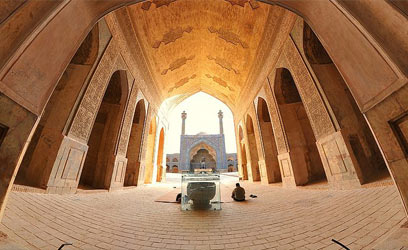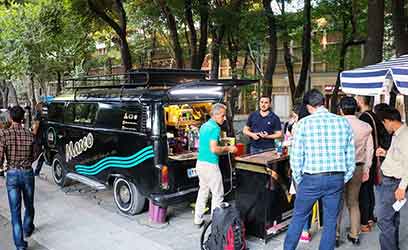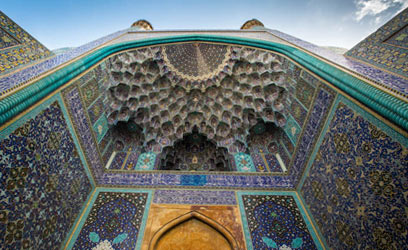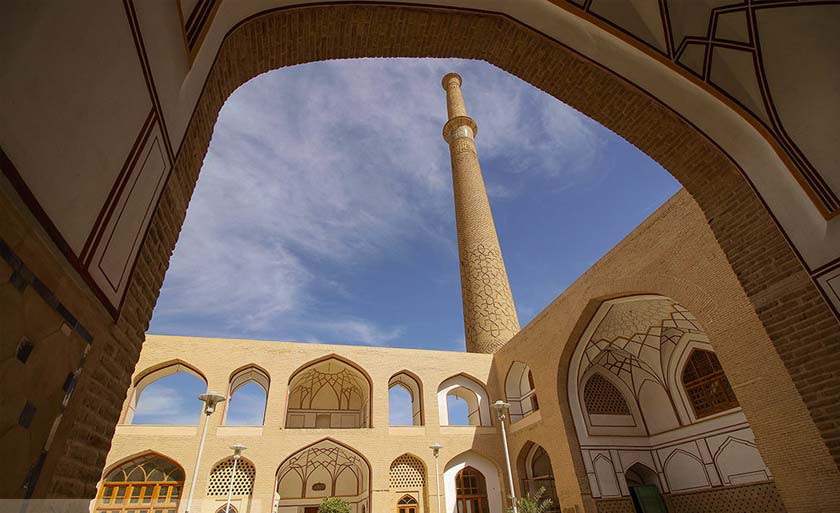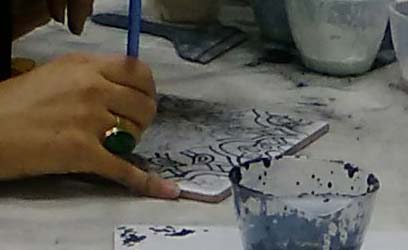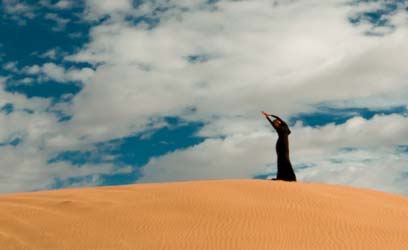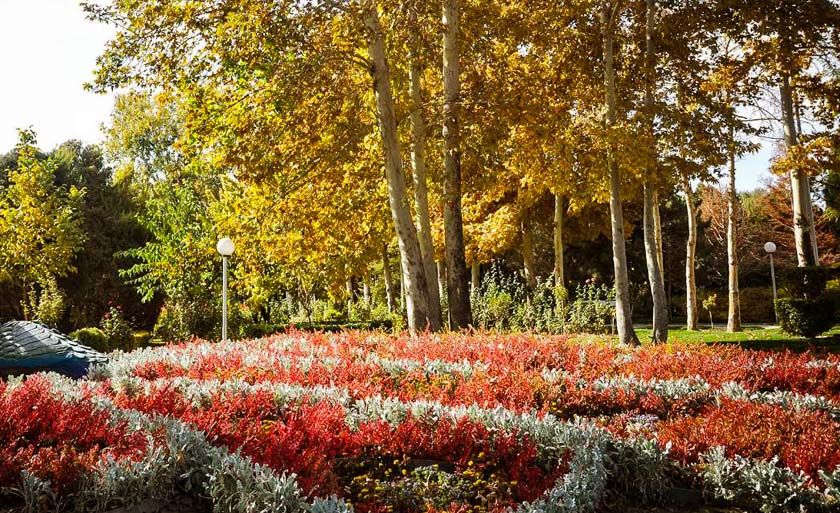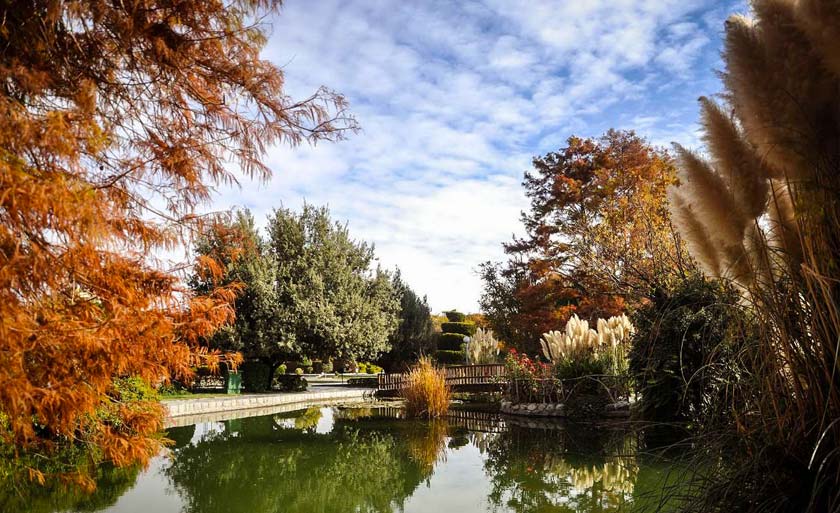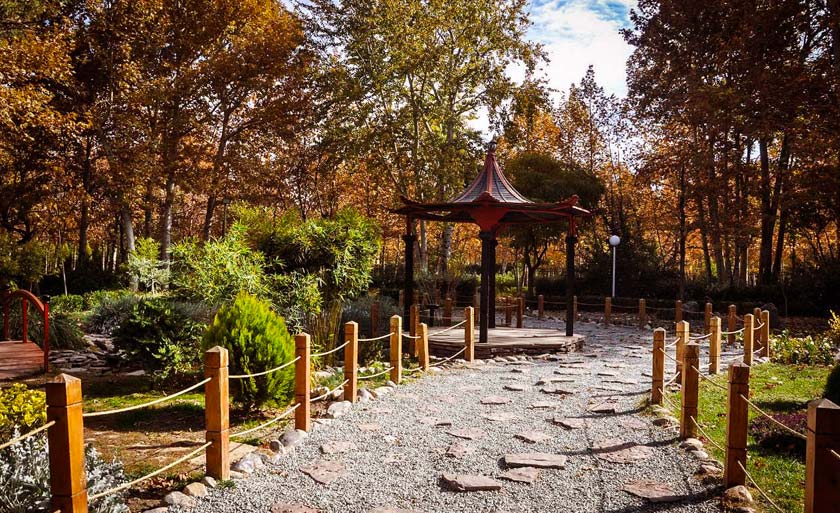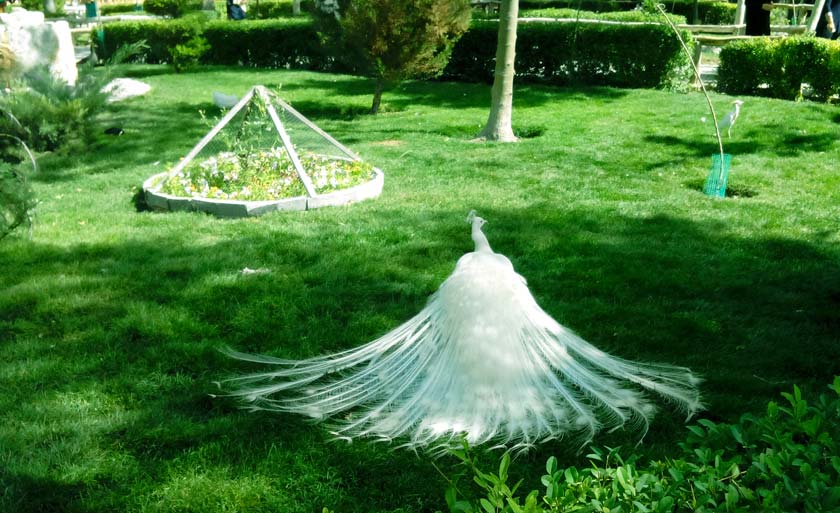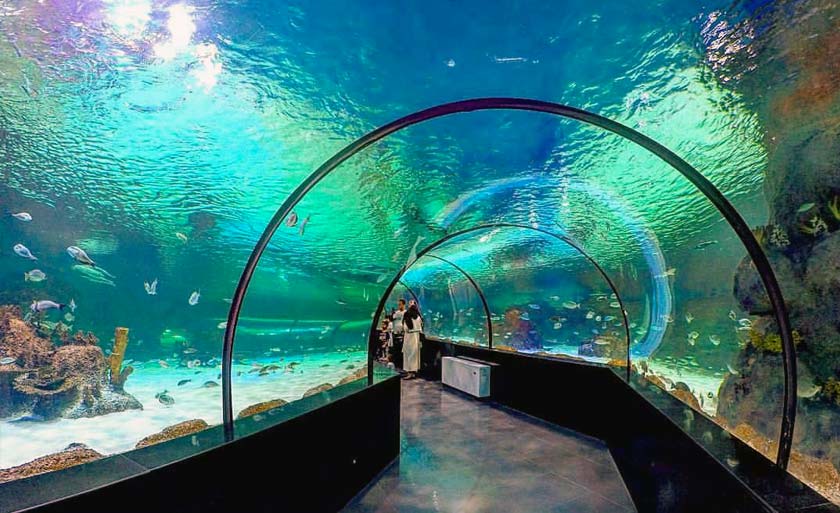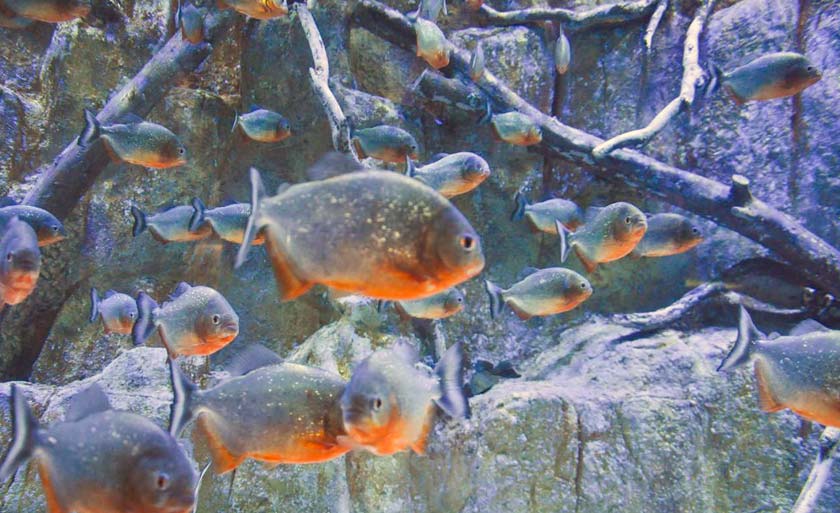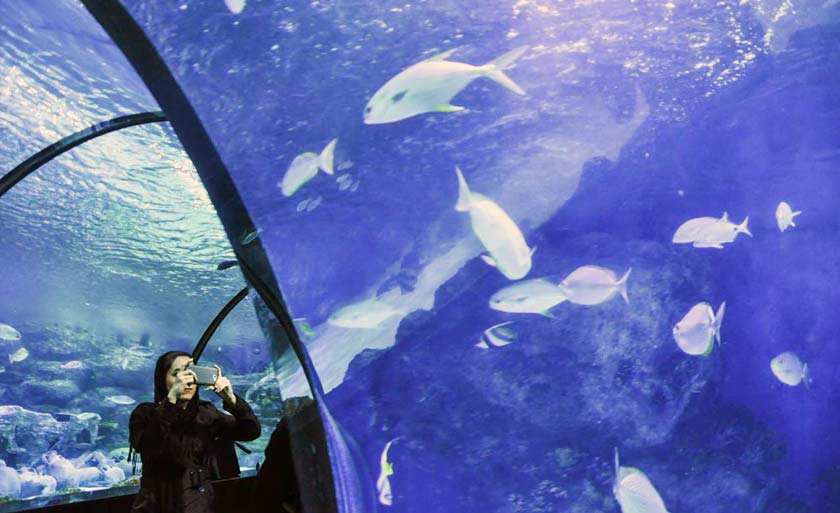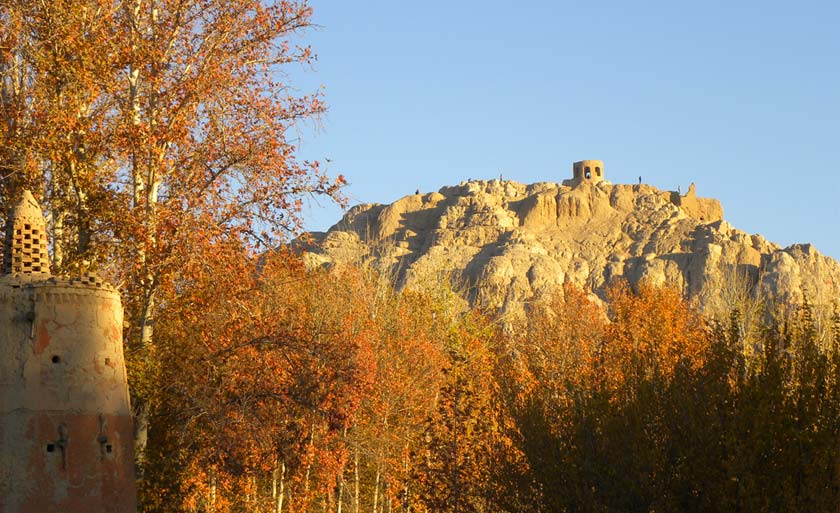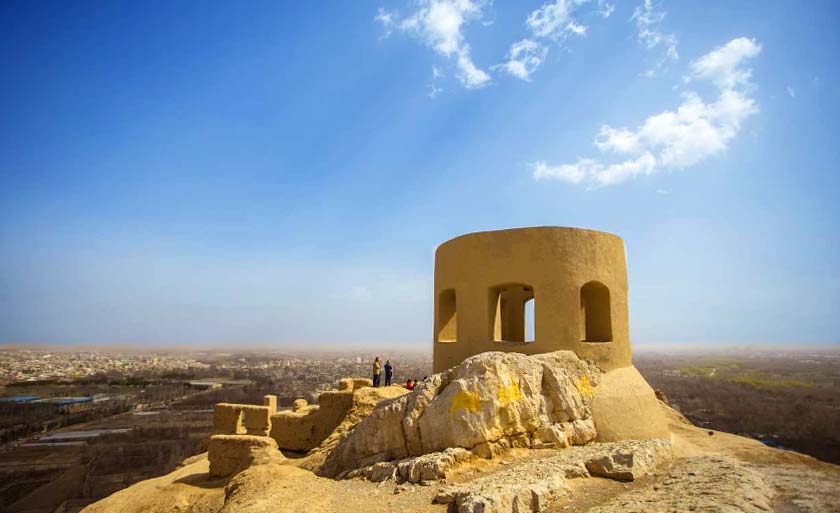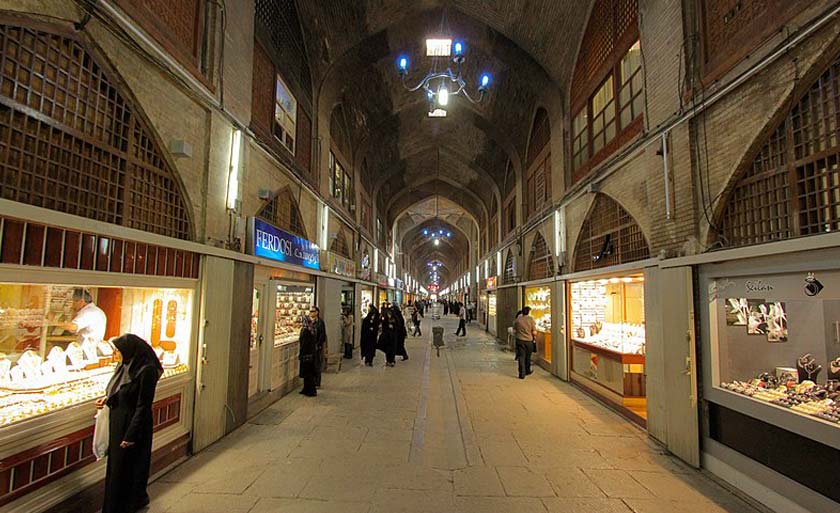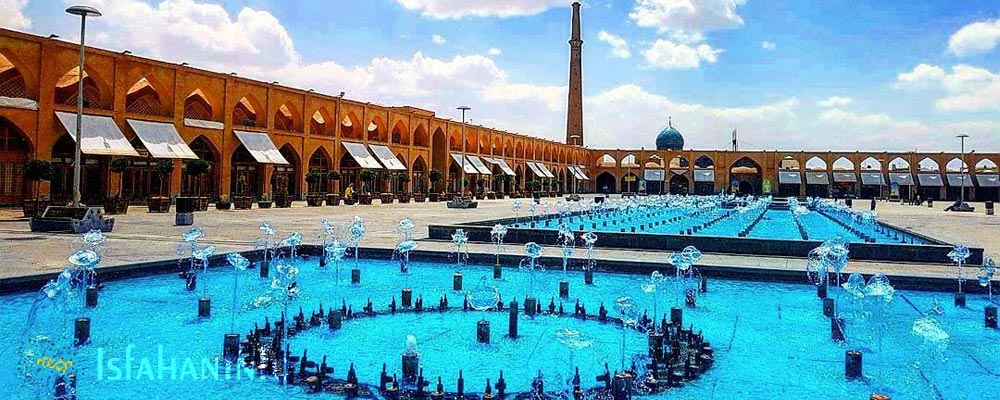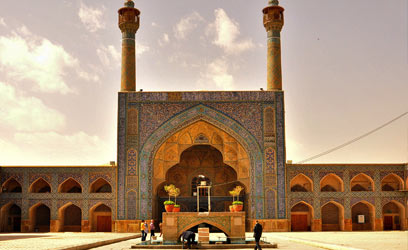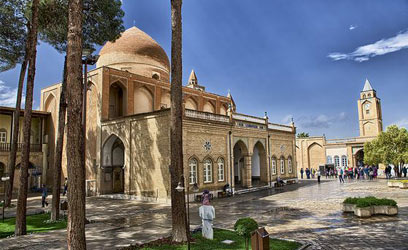Atashgah (Zoroastrian Fire Temple of Isfahan)
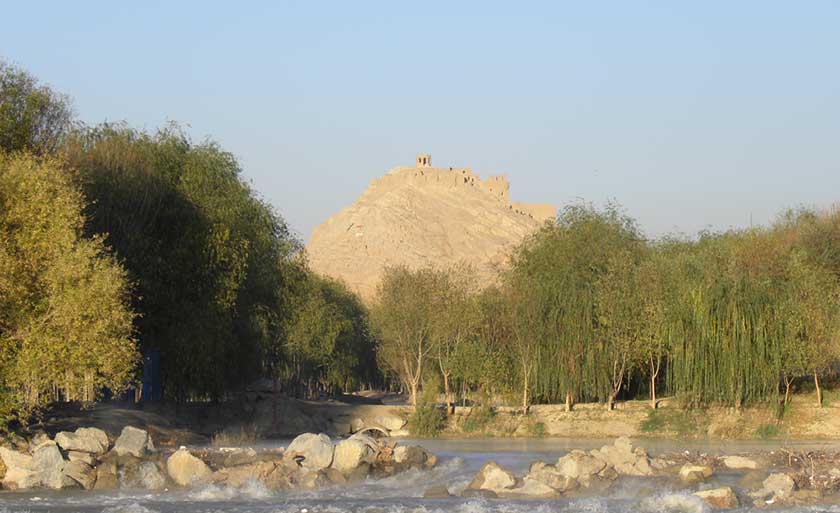
Atashgah, the fire temple located on the top of the hill outside the center of Isfahan, is a Zoroastrian Temple. It is located on the western road of Isfahan, eight kilometers from the city. The fire temple is placed on a hill which is 105 meters higher than the road level. For this reason, when you reach the top of the hill you are faced by an amazing view over Isfahan. Also, an admirable landscape of groves and farms can be seen from up there.
The Zoroastrian Religion of Sassanid Empire
Zoroastrianism was the central pre-Islamic religion of Sassanid. The worshipful Zoroastrian fire temple, Atashgah, dates back to the Sassanid Empire. Yet, archeological researches clarify that the temple is a complex of several structures each belonging to a specific historical period.
The Ancient Castle with Its Deep History
The circular tower at the top of the Maras or Marbin hill is the signature monument of this place. This circular fire altar is five meters in diameter which is surrounded by a wall cut with eight windows. This structure had a tall dome to protect the fire. The building main material is mud-brick made with clay, lime and long stems of reeds. In some parts of the construction the thickness of the walls exceeds four meters. It was clarified that the whole area of the hill was covered by a five-storey huge building which the fifth and the forth storeys still remain. In the history book written by Ibne Rosteh Esfahani, it was stated that Atashgah was originally used as a castle. The name Marbin castle is related to the word Mehre meaning the sun which hints to the place where one can see the sun better. It can also relate to the word Mar meaning snake that can relate to the shape of the river crawling as if a serpent creeping on the ground.
Overview
Opening Hours
–
Location
Atashgah Fire Temple of Isfahan, Atashgah Blvd, Isfahan, Iran
Contact
(+98) –
Price
150000 Rls


